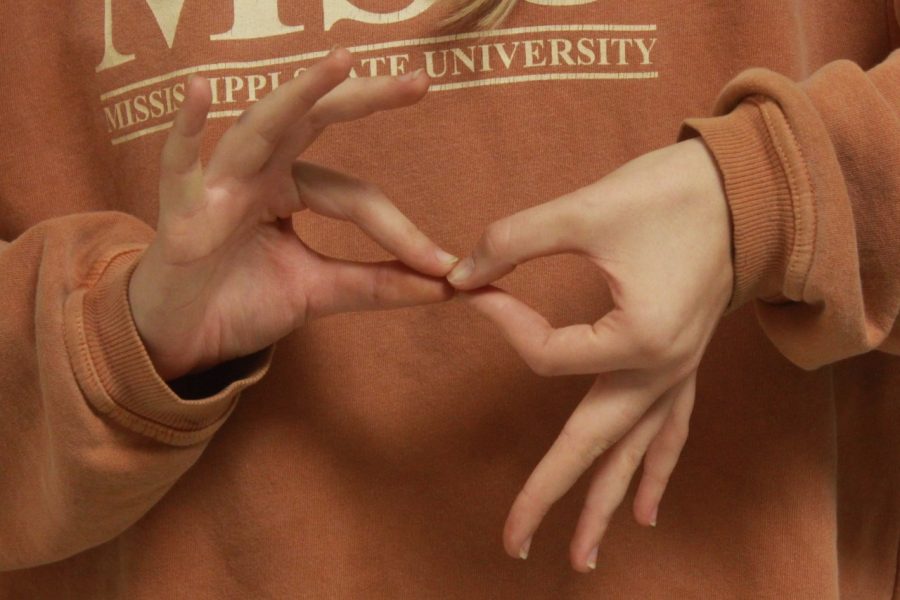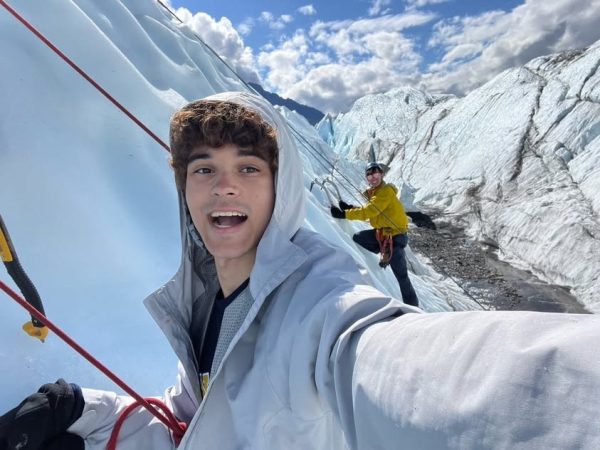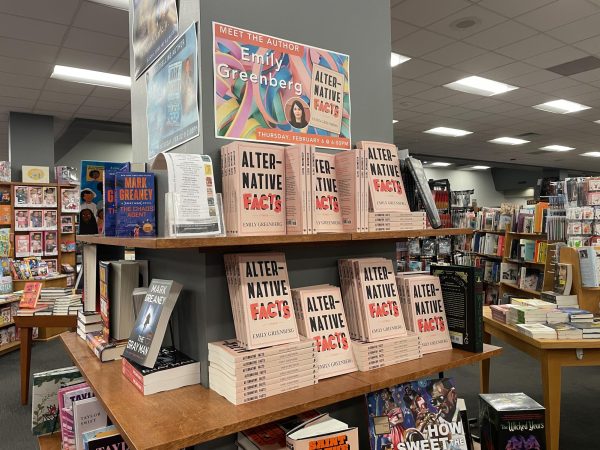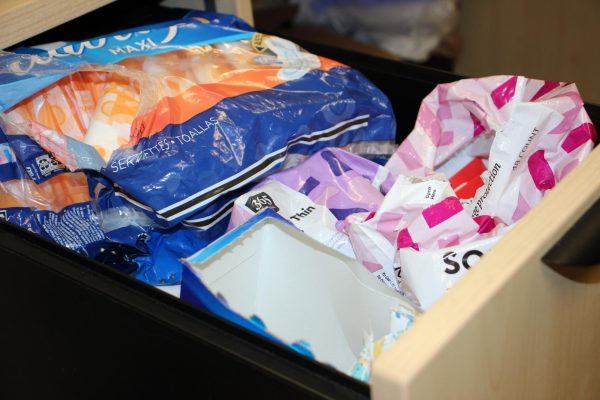Seeing is hearing
A student demonstrating the ASL sign for “interpreter”.
White Station is lucky to boast such a diverse population. A major part of this diversity is our deaf and hard of hearing students. Just as many other cultures have demonstrated their place in our school, deaf culture has manifested itself at White Station in forms such as the Deaf Drama club and the ASL (American Sign Language) club. Still, some deaf and hard of hearing students are excluded from activities because hearing students and faculty don’t know how to communicate with them.
Tracy Brummer, a member of our signing faculty, described placing a deaf person in a hearing class like “sticking a person who only speaks Spanish into a setting where no Spanish is being spoken.”
“And that’s really not fair to the non-English speaker,” Brummer said.
This is where interpreters come in. Interpreters translate the English spoken into American Sign Language so that the deaf or hard of hearing student will understand what is being conveyed. Interpreters translate in the classroom, during group work and assemblies and in any other situations where a deaf or hard of hearing student may be at a disadvantage. They also convey what the deaf or hard of hearing person wishes to say to the group.
However, interpreters are not mere tools of translation. They are people who play a vital role in many deaf and hard of hearing students’ lives.
“[Interpreting] is not always just sitting in the classroom,” Brummer said. “Sometimes, [interpreters] can be mentors.”
With such close interaction every day and their focus on a few students, the value of interpreters should not be understated.
Hubert Carney, one of the interpreters at White Station, cares deeply about the students, noting that his favorite part of interpreting is when his students understand the material. His least favorite part is seeing capable students not trying.
Both Carney and Brummer believe that interpreters help bridge the gap between hearing students and deaf and hard of hearing students by facilitating communication between the groups of students. This interaction is valuable as it helps students see each other as equal peers in discussion, and it connects people who may otherwise not be able to communicate with each other. Interpreters provide students at our school with a chance to be equal despite any sensory deprivation.
As Carney put it, “We are needed in this world.”
Your donation will support the student journalists of White Station High School. Your contribution will allow us to purchase equipment and cover our annual website hosting costs.






































